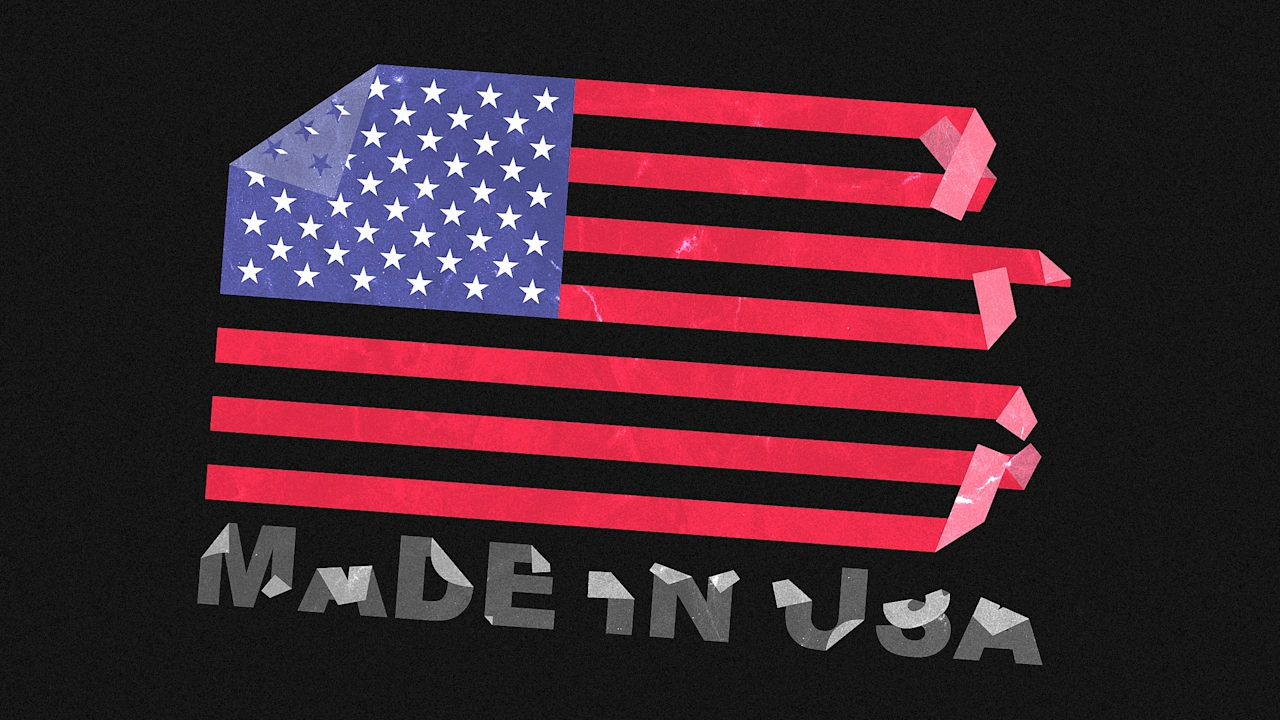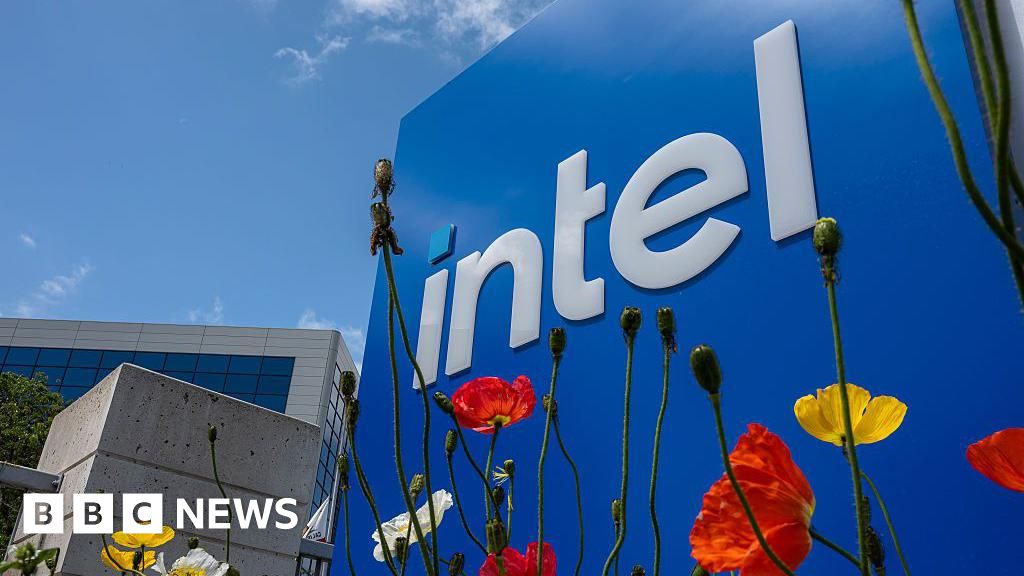‘Made in the USA’ is a struggling brand

Americans have long loved “Made in America”—or at least have professed to. But the data tells a trickier story. In 2022, 60% of U.S. consumers said they would be more likely to purchase a product they knew was American made. Today, according to a recently released study from the Conference Board, that number is closer to 50%. That’s a drop of around 18%.
One reason may be that whatever “Made in America” signals about quality or about economic patriotism, it also very likely signals a higher price. And after years of inflation worries, that might be a more salient issue to many.
“As price concerns intensify, many U.S. consumers appear to associate ‘made in’ labels with elevated prices due to generally higher domestic production costs as well as tariffs on foreign-made goods,” the report’s author, Denise Dahlhoff, director of marketing and communications research at the Conference Board, said in a statement. “Increasingly, consumers prioritize value and affordability over emotional affinity for certain countries, including their own.”
Despite the decrease, the U.S. remains the most popular product country of origin among surveyed American consumers. (Canada is second, according to the Conference Board.) And that’s not unusual: Despite decades of trade liberalization creating increasingly globalized markets, shoppers around the world remain most positive about domestic-made goods, a phenomenon known as “consumer ethnocentrism,” or home bias.
Moreover, the Conference Board study found the influence of “made in” labels on U.S. consumer purchasing decisions has decreased for all countries included in its survey, with professed preference for U.S.-made products falling the least in percentage terms.
Do as I say, not as I do
There has always been at least a partial disconnect between what consumers say and how they actually behave. The “say-do” gap when it comes to buying American has been around since at least the 1970s. After all, it was a preference for cheaper goods made elsewhere that contributed to the trade imbalance that the Trump tariff regime seeks to address.
So far, there doesn’t seem to be evidence of the intended actual spike in demand for American-made goods. A separate survey, in fact, found only 17% of consumers are willing to pay more than 10% extra for U.S. goods than foreign-made alternatives, and about a third say they’re not willing to pay any extra costs for U.S.-made products.
The current iteration of the “buy American” idea, taking a form bolstered by extreme policy measures, is unfolding against a deeply divided American political backdrop. The Conference Board survey found 66% of Republican-leaning U.S. consumers say they would be more likely to buy a product they knew was American, compared to 42% of Democratic-leaning shoppers.
Naturally, marketers can still come up with nonpartisan “Made in the USA” pitches, but it’s hard not to conclude that politics has become a factor. (Notably, while American enthusiasm for American-made goods may have slipped, both Canada and Mexico have launched initiatives to spur domestic consumption.)
Still, the Conference Board report notes, “Companies seem to see marketing value in a ‘Made in USA’ claim and a surge in U.S.-made claims is expected.” Given the evidence to the contrary, why is that? Plenty of American consumers still have a “home bias,” report author Dahlhoff told Fast Company, and would prefer buying domestically manufactured goods. “However,” she added, “most U.S. consumers are not willing to pay significantly more for a U.S.-made product than for a comparable alternative. It’s similar to buying sustainable products: People like the idea of sustainability and made in the U.S., but don’t want to pay a premium.”
That’s been the case for decades. But a surprising side effect of the tariff era may be that consumer sentiment is more accurately reflecting consumer behavior: It’s made the choice between prices and country of origin more prominent, and many shoppers are concluding that cost is what they care about.
What's Your Reaction?
 Like
0
Like
0
 Dislike
0
Dislike
0
 Love
0
Love
0
 Funny
0
Funny
0
 Angry
0
Angry
0
 Sad
0
Sad
0
 Wow
0
Wow
0





























































































